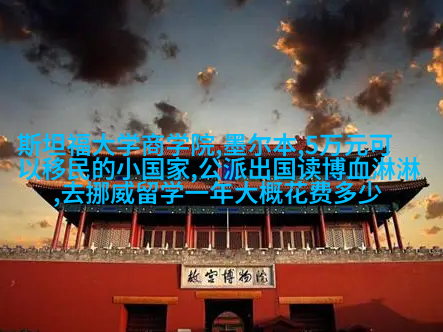探索语言的美丽风光:如何提升旅行指南的英语表达能力

在旅游业中,景点英语(Attraction English)是指描述和解释旅游景点特点、历史背景、文化价值等信息的英文内容。它不仅能够帮助非母语国家游客更好地理解和欣赏当地文化,也为当地导游提供了一个提升服务质量、增强互动性的工具。在这个全球化的大背景下,掌握高效的景点英语表达方式,对于任何从事旅游行业的人来说都是非常有必要的一项技能。
首先,我们要了解不同的旅游类型对景点介绍要求不同。比如,在自然保护区内,由于生态环境敏感,通常会采用简洁直接的方式来介绍,而在历史建筑或艺术博物馆前,则需要更加细致入微,以传递其深厚的文化底蕴。

接下来,让我们通过几个真实案例来看看如何运用有效的情境化语言进行景点解说:
情境化语言:

在一个古城小巷中,如果你想要引导游客注意到一座古老建筑,你可以这样说:“Look, a beautiful ancient building on our right! It dates back to the Ming Dynasty and is a great example of traditional Chinese architecture.”

使用数字与具体数据:

当向游客展示一座名胜时,可以这样介绍:“Welcome to the Great Wall of China, one of the Seven Wonders of the Medieval World. This magnificent structure stretches over 13,000 miles from Shanhai Pass in Hebei province all the way up to Lushunkou in Liaoning province.”
讲述故事:
在参观某个以传统节日著称的地方时,可以将话题转向相关故事:“Did you know that this festival has been celebrated for over 3,000 years? Let me tell you more about its origins and how it's become an integral part of our culture today.”
适应不同听众需求:
对于儿童团体,可以使用更简单易懂的话语,比如,“Today we're going to explore a theme park where kids can enjoy thrilling rides and meet their favorite cartoon characters.” 对于成年团队,则可以提供更多深度信息,如,“This art museum houses an extensive collection of works by renowned artists from around the world, including Van Gogh's 'Sunflowers' series.”
练习口头禅与幽默感:
让你的讲解充满趣味性,并偶尔加入一些笑话或者俏皮话,以保持气氛轻松愉快。例如,当带领游客走过一条繁华街道时,你可以说,“And here we are at Times Square! Just like its name says – it's always time for something exciting here!”
最后,不要忘记定期练习和自我反思,这样才能不断提高自己的演讲技巧和场合反应能力。通过这些方法,你就能成为那些能够让每一次旅行都变得充满乐趣和教育意义的人了。
总之,要想成为一位优秀的旅行指南,就必须学会运用“景点英语”,并且不断完善自己的专业知识,为所有参与者创造难忘而富有教育意义的旅程体验。



